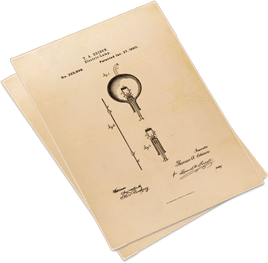What is an Invention?
Patentable Discoveries and Their Protection Everyone understands what “invention” is. It’s making up something new. There are certain requirements that must be fulfilled, however, if a government is to grant you patent protection of your invention. These requirements are set out in law because, unlike the automatic copyright protection of creative expression and the protection … Continued


